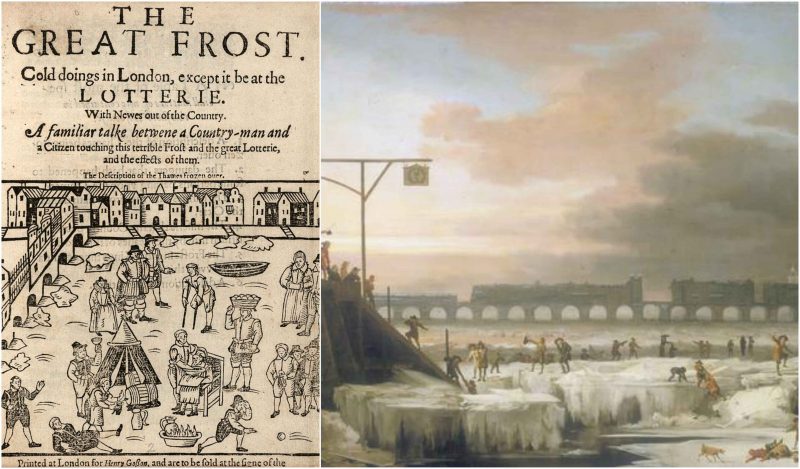Between the 17th and early 19th centuries, it was common for the River Thames to freeze for up to two months during the winter. This was due to two reasons: the first one was that Britain (and the entirety of the Northern Hemisphere) was locked in what is now known as the “Little Ice Age,” and the other reason was that the river was wider and slower, and impeded by the Old London Bridge.
During the coldest months, it was easy for pieces of ice to lodge between the piers, making it easier for the whole surface of the river to freeze.
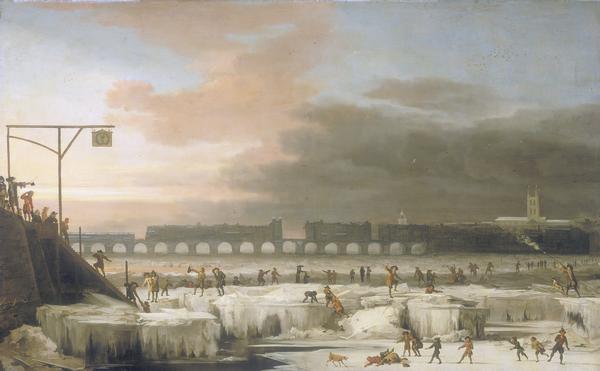
The Thames froze completely for two months during the Great Frost of 1683-84, which was the worst frost ever recorded in England. In London, the ice on the surface of the river reached a thickness of 28 cm in London. Life in London wasn’t any good even without the frost; winters always brought famine and death while this one exceeded all expectations and preparations for the winter season.
However, with the ice so thick, the Londoners decided to make the most of it, so they organized the Thames Frost Fairs. The first one recorded happened in 1608 and the tradition continued each winter until 1814. During the winter of 1607-08, the Londoners could walk between Southwark to the City, and in January 1608, they even set up camps on the frozen river. Each year the fair was different; some years it was more spectacular, sometimes it was less, but the most celebrated frost fair occurred in the winter of 1683-84.
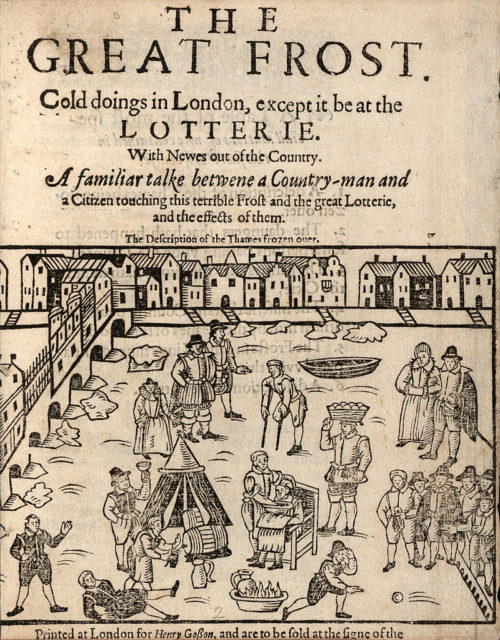
These Frost Fairs featured pubs, bazaars, fruit-sellers, shoemakers, bowling matches, barbers, ice skating rinks: everything that London would offer in a winter time, only on ice! There were even fires in some of the tents to keep the workers warm. And when the winter of 1683-84 came, even the seas in the south of Britain froze for up to two miles from the shore.
So the Londoners organized the biggest, most spectacular and most famous frost fair – The Blanket Fair. The English writer and diarist John Evelyn described the fair:
“Coaches plied from Westminster to the Temple, and from several other stairs too and fro, as in the streets; sleds, sliding with skeetes, a bull-baiting, horse and coach races, puppet plays and interludes, cooks, tippling and other lewd places, so that it seemed to be a bacchanalian triumph or carnival on the water…”
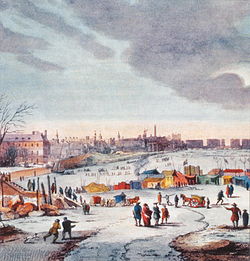
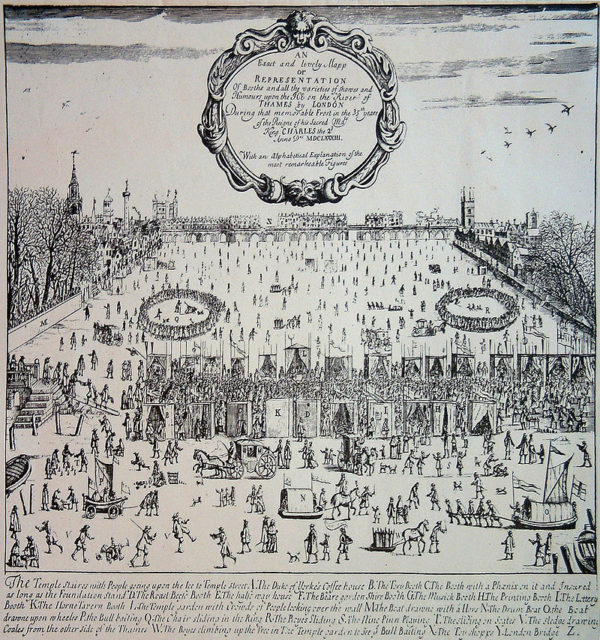
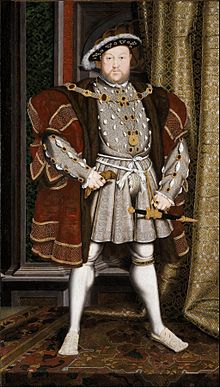
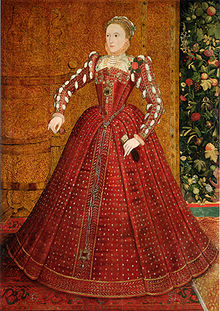
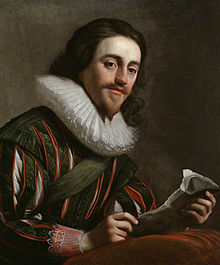
All Londoners enjoyed the fairs. And not only, but people from all around Britain and Europe visited the fairs. And even the English kings and queens couldn’t resist the fairs. In 1536, King Henry VIII travelled from central London to Greenwich by sleigh along the river. In 1564, Queen Elizabeth I visited the fair frequently so that she could “shoot at marks”, while King Charles I enjoyed a spit-roasted ox at the fair.
During the period of almost two centuries, of course, a few incidents occurred at the Frost Fairs. The most tragic one occurred in 1739, when a big piece of ice just fractured swallowing up tents and people. Fifty years later, in 1789, melting ice dragged away a ship which was anchored to a riverside pub in Rotherhithe.
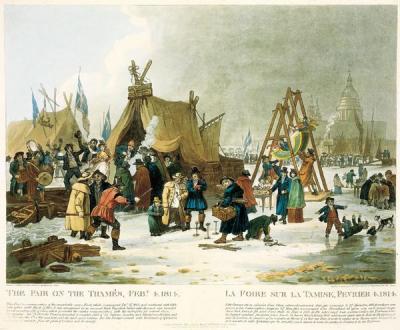
The last frost fair happened in 1814. It began on the 1st of February and lasted for only four days. Even though it was short, it is recorded as one of the biggest frost fairs. During this one, an elephant was led across the river below Blackfriars Bridge. Yet the climate soon changed.
The temperatures were growing, the ice wasn’t as thick as before, and the fairs remained history. Even though the winters were as cold as before, the Old London Bridge was demolished in 1831. It was replaced with a new one which allowed the tide to flow more freely, preventing the river from freezing.
